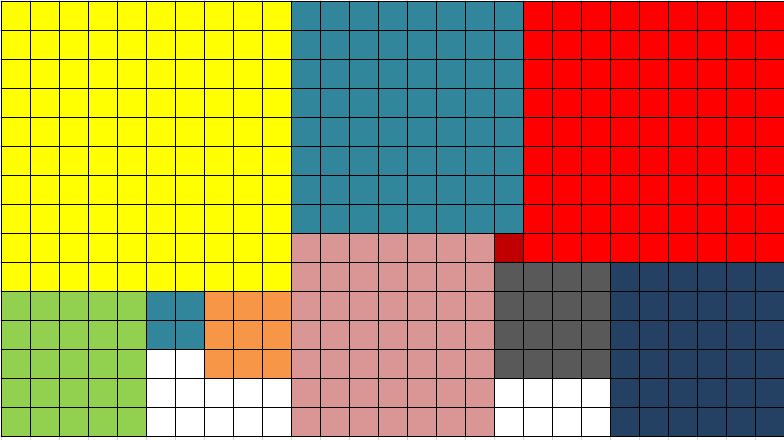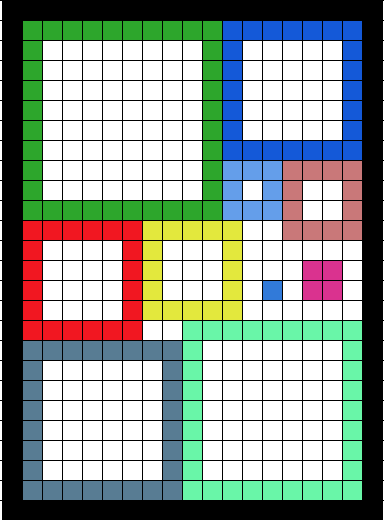You are given 10 squares with side length of 1 to 10 units each. You want to put them in a rectangle such that there is no overlapping and no piece of a square
is outside the rectange. The sides of the squares must be parallel or perpenticular to the sides of the rectangle.
How big is the uncovered area (square units) of the smallest rectange that fit all squares?
Example: in case of 4 squares with side length 1,2,3,4 the size of the smallest rectangle is 5x7 and 5 square units are uncovered.




